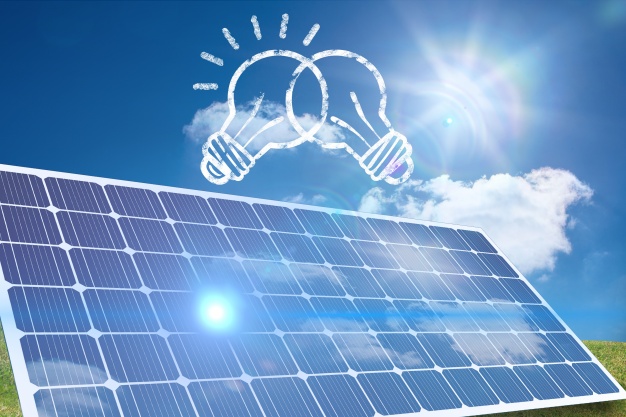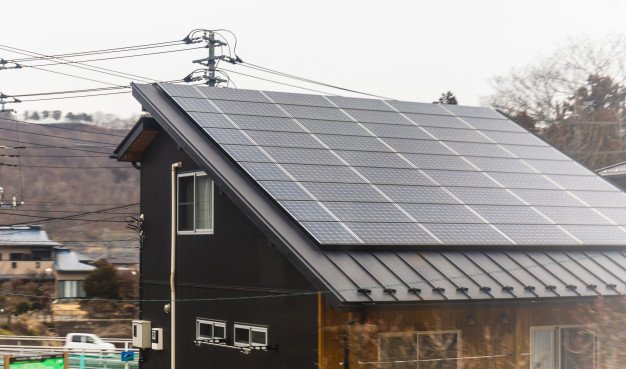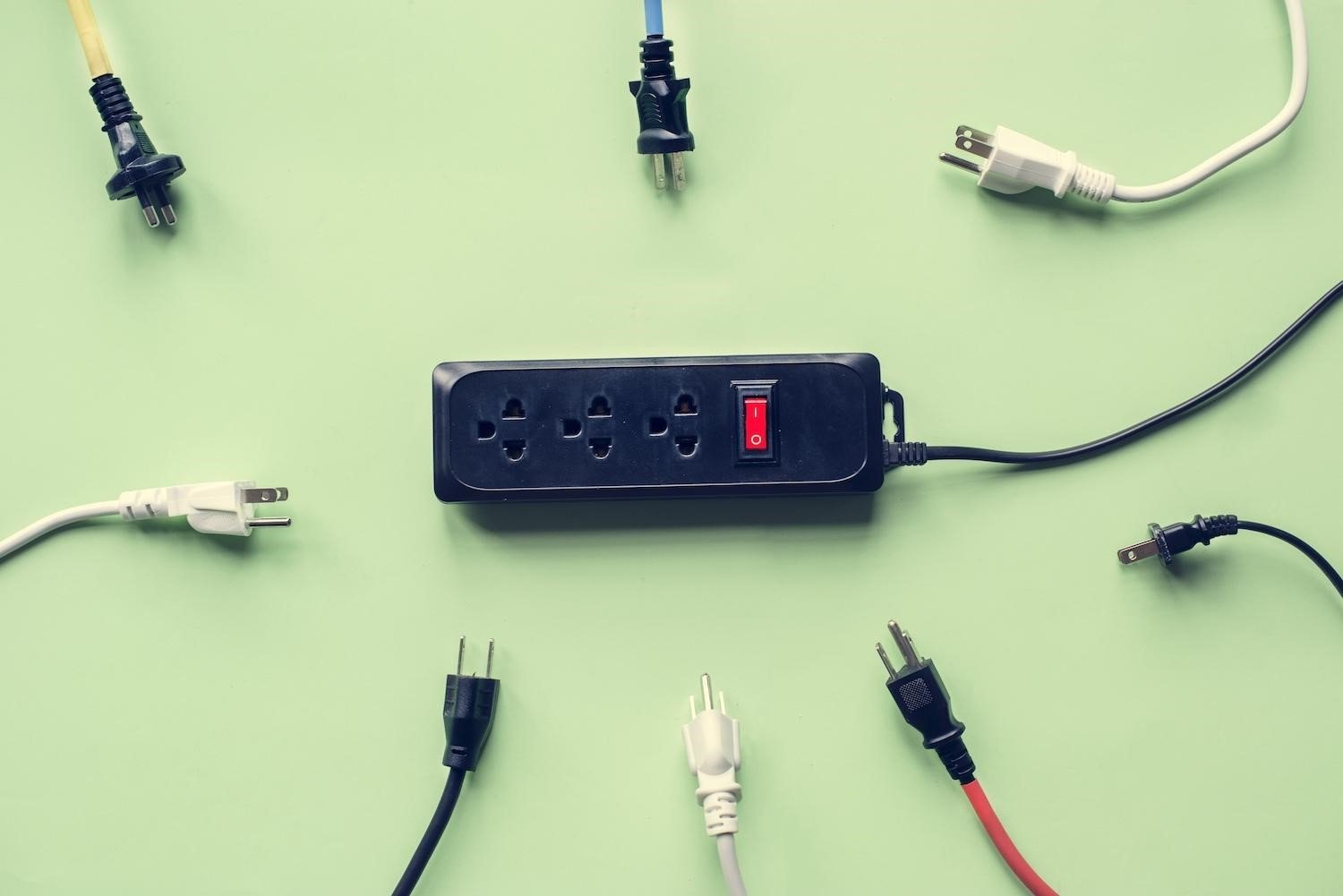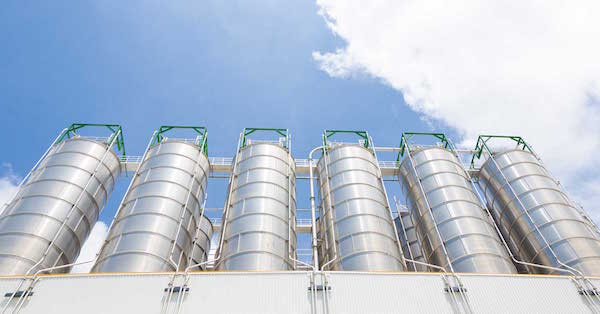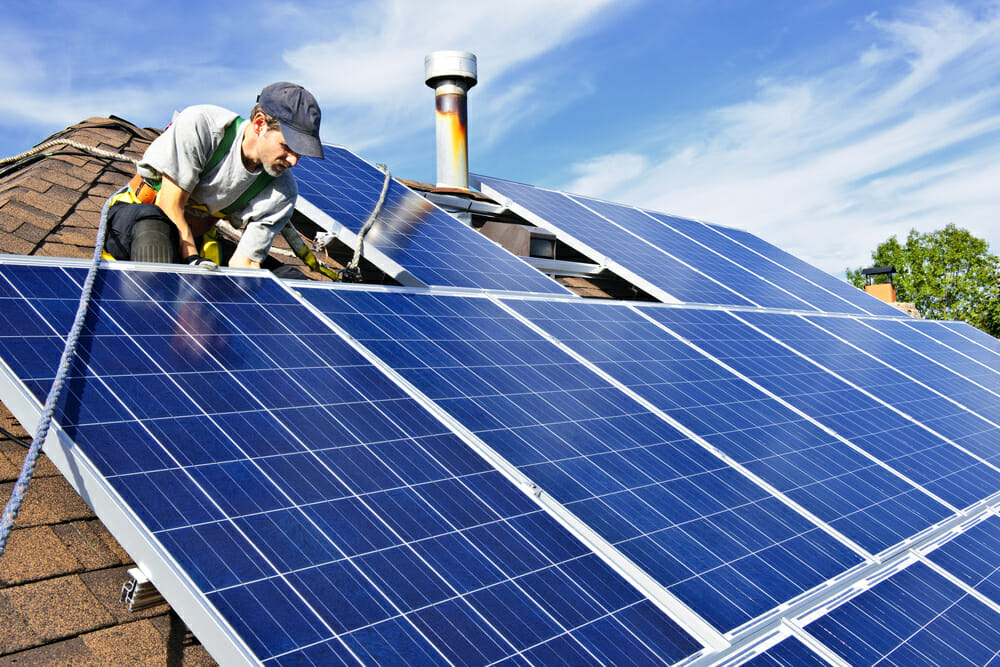What comes to mind when someone says “solar?” Typically we think of the sun, the Earth’s fuel provider. What if I were to tell you that we could dramatically reduce our carbon footprint by using the power of the sun to fuel something as simple as outdoor lighting? It’s true! Over 10 million tons of carbon dioxide are produced annually just from residential outdoor lighting alone–that’s no drop in a bucket! The time to reverse the impact of carbon emissions is now, and believe it or not, one of the best ways to significantly reduce our carbon footprint is by using something a little unconventional: solar lighting.
Solar Lighting Benefits: More Than Just Good for the Environment
A lot of “green initiative” individuals are huge proponents for solar lighting simply because it’s great for the environment. Solar panels knock loose electronics from their interaction from photons striking silicon wafers, which in turn charge a battery to power a light fixture when the sun drops below the horizon. This awesome interaction (named the photovoltaic effect) uses absolutely zero fossil fuels to power lights. There’s nothing to burn nor any power lines that need to be connected. It’s one of the cleanest energy sources available to us. We like to call solar the “new energy revolution.”
Beyond that, solar lighting is a lot cheaper than many people think. The price of a solar panel in the mid-70s was about 76 dollars a watt. Can you guess how much a solar panel price is a today?
In 2013, solar panel prices were about 75 cents a watt. So 1 watt of energy produced by a solar cell costs similar to the change you’ll find under your couch cushions. And now that technology is used in solar panels on top of poles to power light fixtures. It’s a fantastic solution for parking lot and street lighting that saves money and reduces the overall carbon footprint.
Beyond The Green
There’s a lot more in store than you might think with solar lighting. First off, every solar light works independently. There’s no power connection needed, no trenching required, and no costs with using fossil fuels. If the power goes out, so do the lights! That’s not the case with solar lighting. In fact, we’ve seen cases of solar lights holding up during strong hurricane winds to remain on after the storm in contrast to traditional lighting which would need mountains of repair from the high winds ravaging the area.
Secondly, several models of solar lighting are actually portable via a forklift or just two people. They’re fantastic for construction projects where permanently-grounded lights won’t bode well. Solar lighting works great in airports for when power goes out and backup systems fail. Or, if you prefer having the portable option just in case, feel free to go that route. The emphasis is that these lights can go virtually anywhere since they don’t need to be tied to an electrical grid. Just be sure that they have access to the sun–even though the best lighting systems are rated to last over a week on a single charge, the panel won’t cull much power if it sits in the shade of a tree permanently.
Talk of the Town
Solar lighting tends to be a bit of a head-turner. It preserves park beautification and adds a little flair to light fixtures. A lot of media outlets tend to give attention to cities that make green efforts, especially when they’re such a public-facing installation. On top of all the benefits you’ll receive for solar lights, you might get featured in a newspaper or on television for deciding to install solar on your city’s streets. That, in turn, should generate business. Solar is great for publicity.
In Conclusion
Solar lighting is a lot more than just going green. It’s about recognizing that clean power is the way of the future. It’s about preserving what matters to us and ensuring your business or municipality saves as much as possible while getting the job done. If you’re in the market for a new lighting project, consider solar. The savings are there. But don’t take our word for it; do the research yourself and you’ll find it’s the best option to light up the night. Thanks for reading.
Read Also:













